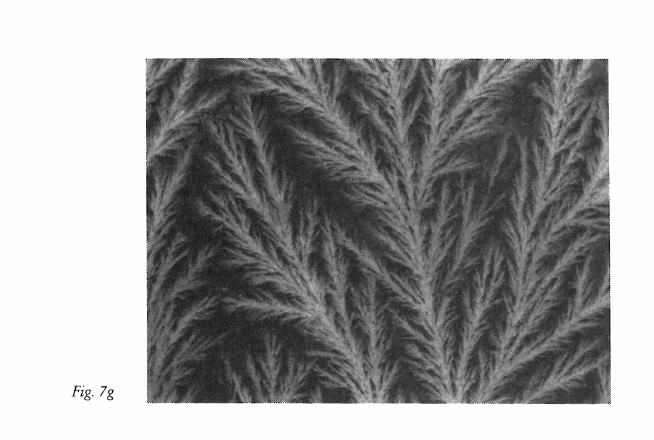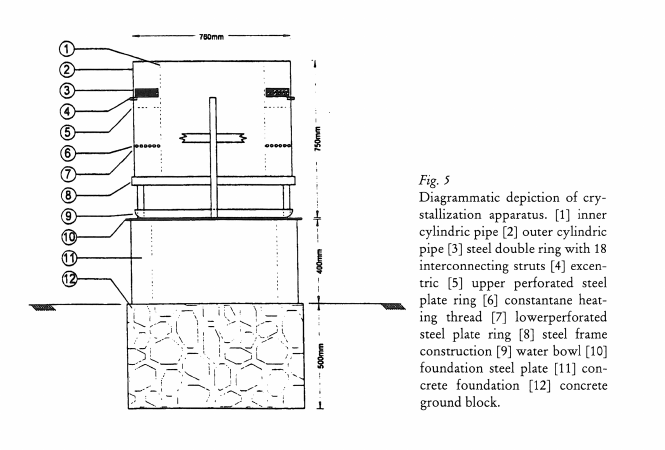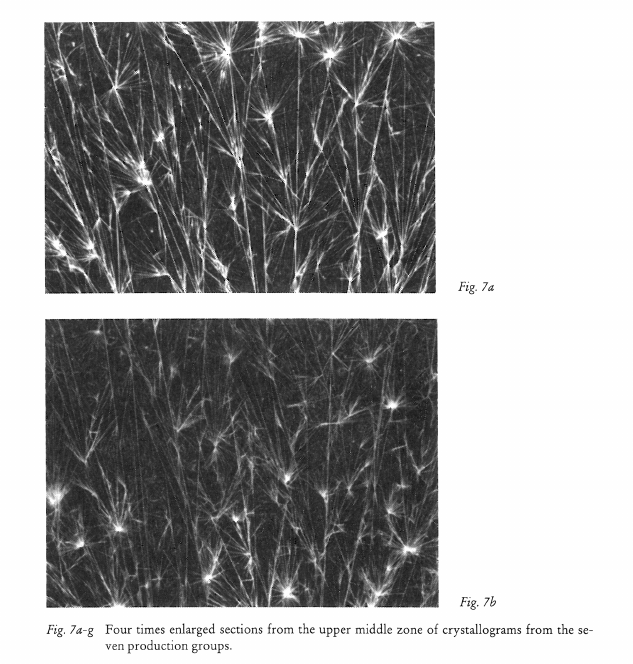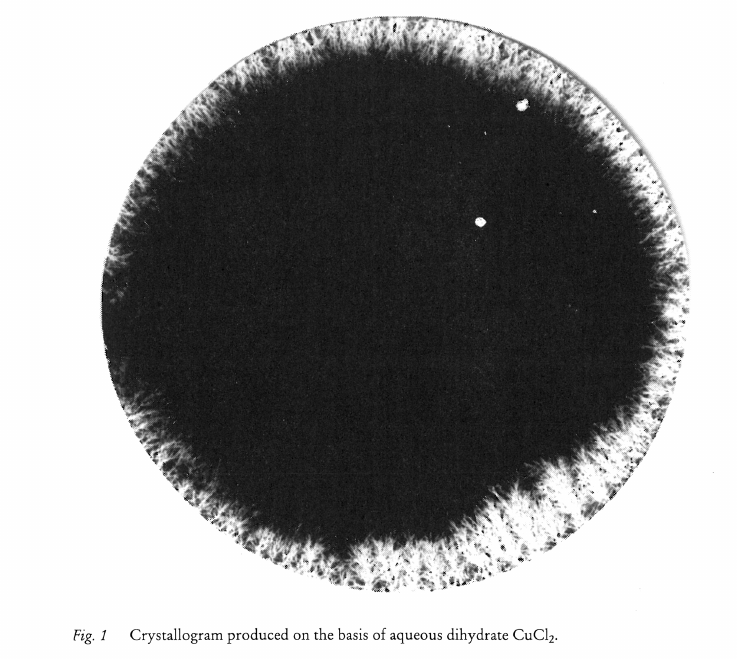A Refined Biocrystallization Method applied in a Pictomorphological Investigation of a Polymer
Export Article Citation as
- Plain text
- BibTeX
- RIS format
- Download price : € 6.00
Abstract:
An experimentally refined biocrystallization method is presented. The method is applicable for investigating the pictomorphological properties of biological samples, as expressed in morphological features of crystal textures. The method is applied in medical research, and in agricultural research concerning crop quality, as a complement to chemical analyses of single compounds. The objective of the present study was to refine existing crystallization chamber techniques through control of physical factors influencing evaporation and crystallization. The reproducibility of the method was studied in a two-fold manner: l) Concerning the control of physical factors variations in air temperature and humidity were studied during three similar experiments With experimental periods of 17 hours. 2) Concerning the reproducibility of textural features three investigators performed a visual classification of 32 coded crystallograms produced during the experiments, relative to a reference set of seven classes. The crystallograms were produced on the basis of aqueous solutions of the synthetic polymer PVP (Polyvinylpyrrolidone), from different polymerization and concentration levels. Results indicated markedly improved control of air temperature and humidity conditions, relative to a previous study. Results indicated relatively high correct classification scores for all three investigators (69—75%). The correlation coefficients for the 32 0bservations were high (r = 091—093). Furthermore results indicated a strong correlation between polymerization level of PVP and morphological features.









